Pilots engage in regular simulated flying sessions to stay proficient and confident in their abilities. I photograph local wildlife to keep my shooting technique muscle-memorized and blow the dust off my equipment. Whether it be an airborne emergency or an elusive moment, we’re all doing our skills maintenance to be ready.
This fall, I had a handful of opportunities to offer the local wildlife of Burnaby Lake and Maplewood Flats unsolicited modelling experience.
Burnaby Lake
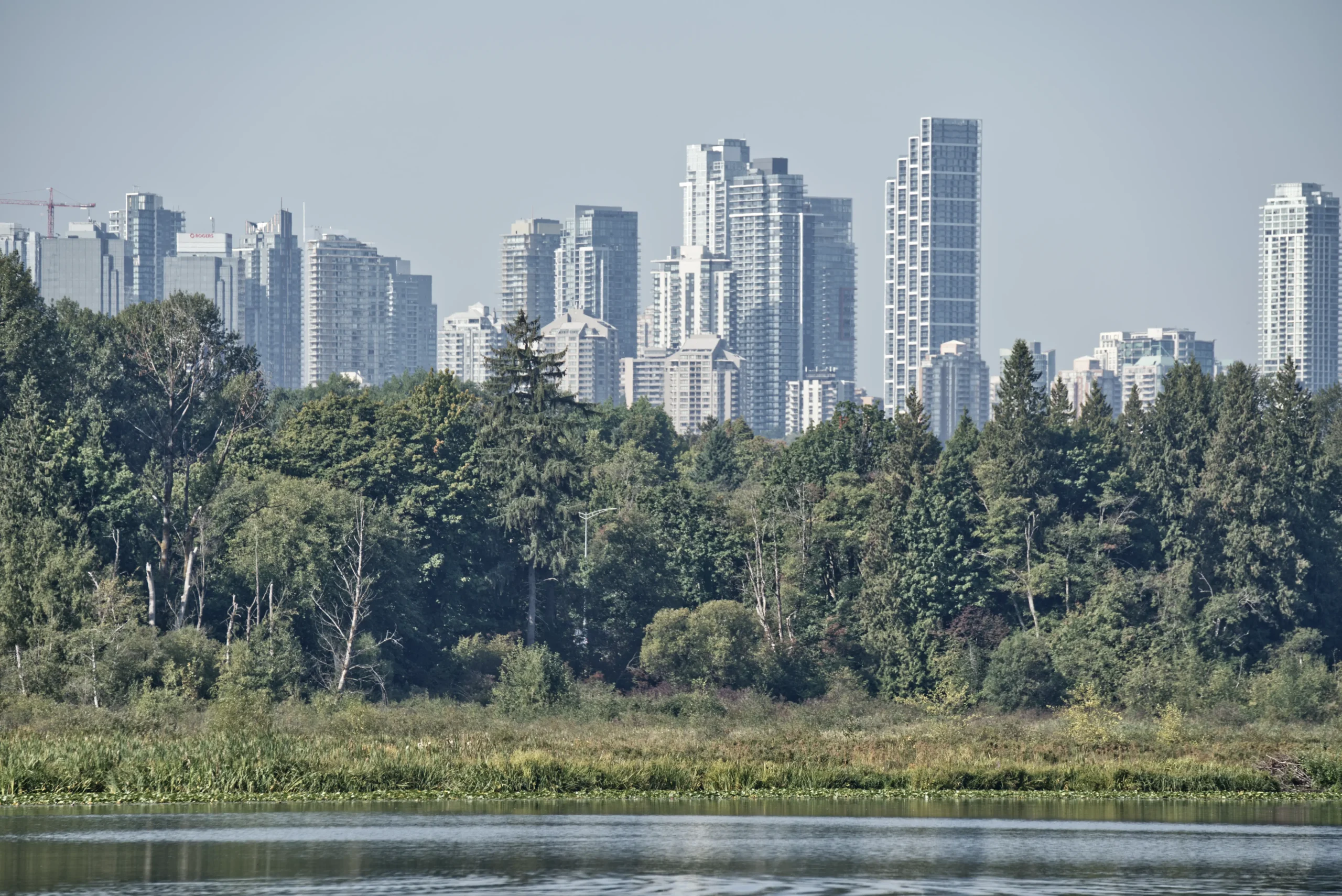
To the birds of Piper Spit at Burnaby Lake, a person holding a handful of birdseed is a veritable cornucopia. The ducks respond to a zip-lock bag like iron filings react to the introduction of a magnetic field – except iron filings don’t quack up a cacophony. The enthusiasm and comfort of these animals around humans means that they are great target practice for my relatively short 120-300mm telephoto.


Since Trevor’s disappearance, wood ducks have been the bookie favourites for local beauty pageants, owing to the vibrant palette of their plumage. Trevor was a famous mandarin duck that lived in Burnaby Lake from approximately 2018 to 2022. Wood ducks are related to mandarin ducks.
My enteric nervous system is trying to figure out the connection between mandarin ducks and Peking duck. People in Beijing (Peking) speak mandarin, strictly speaking a dialect of it called Pekingese – which is also a dog breed? I digress.
Some other contestants were wise to enter in the non-duck category:
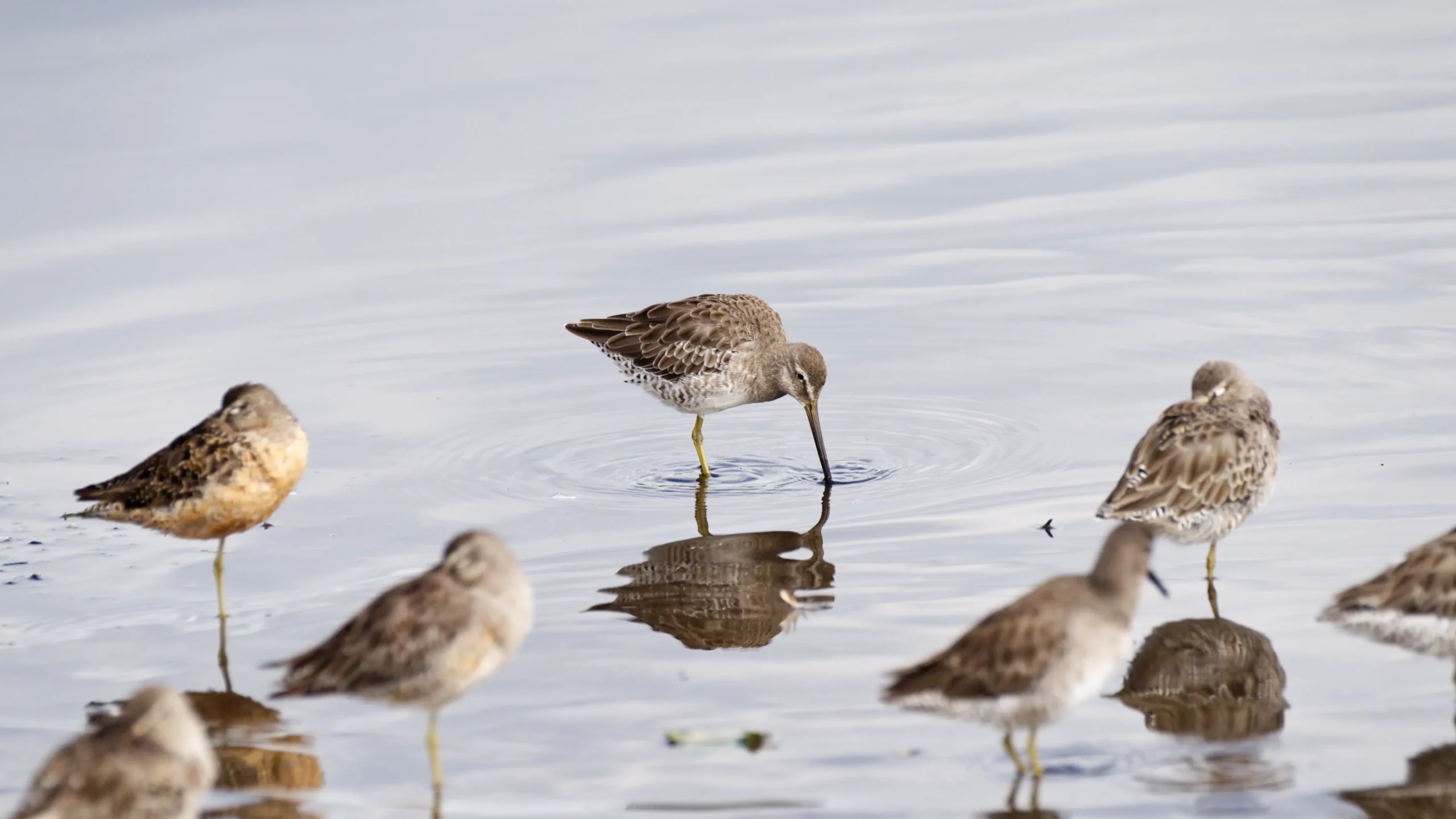

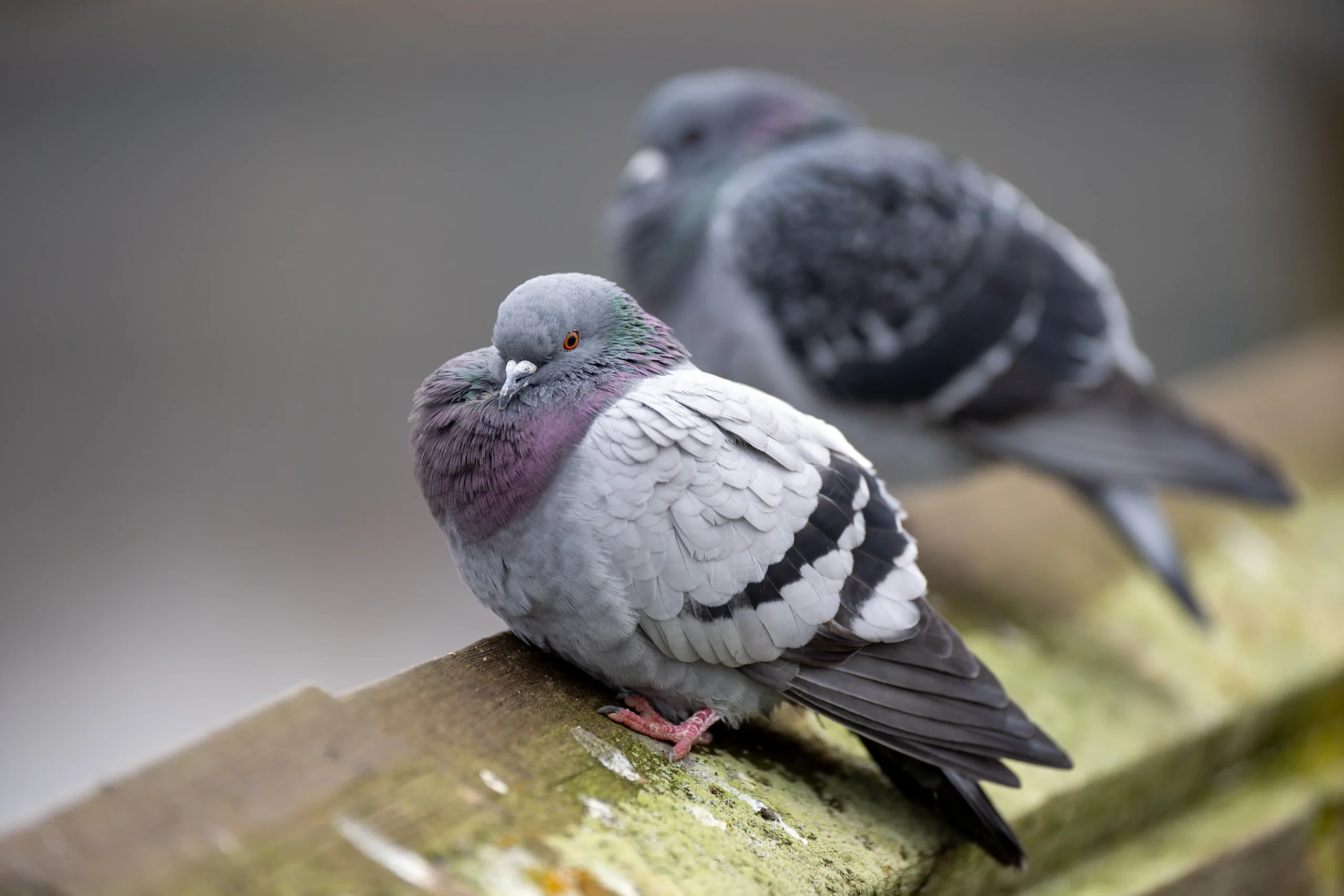
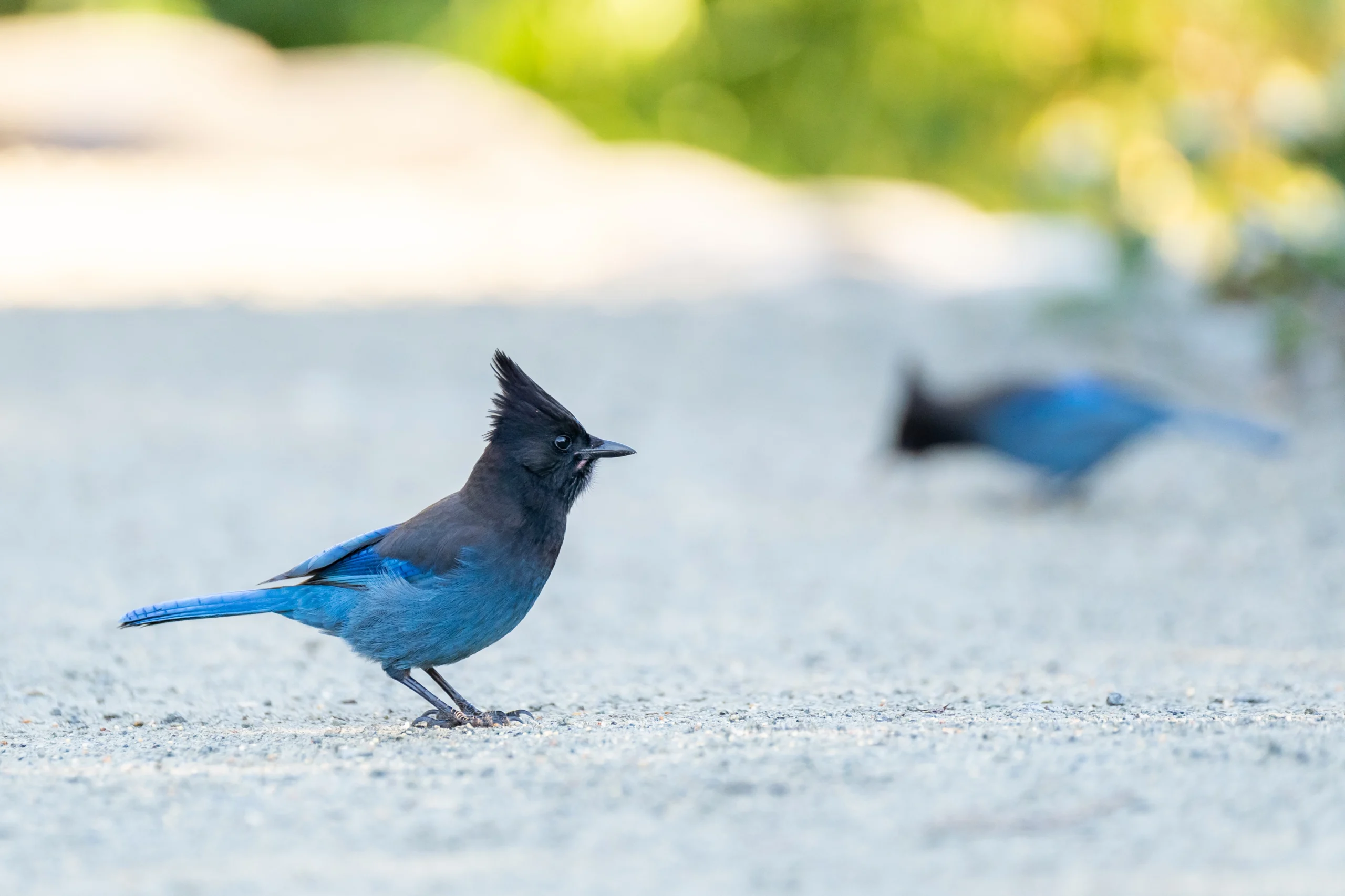
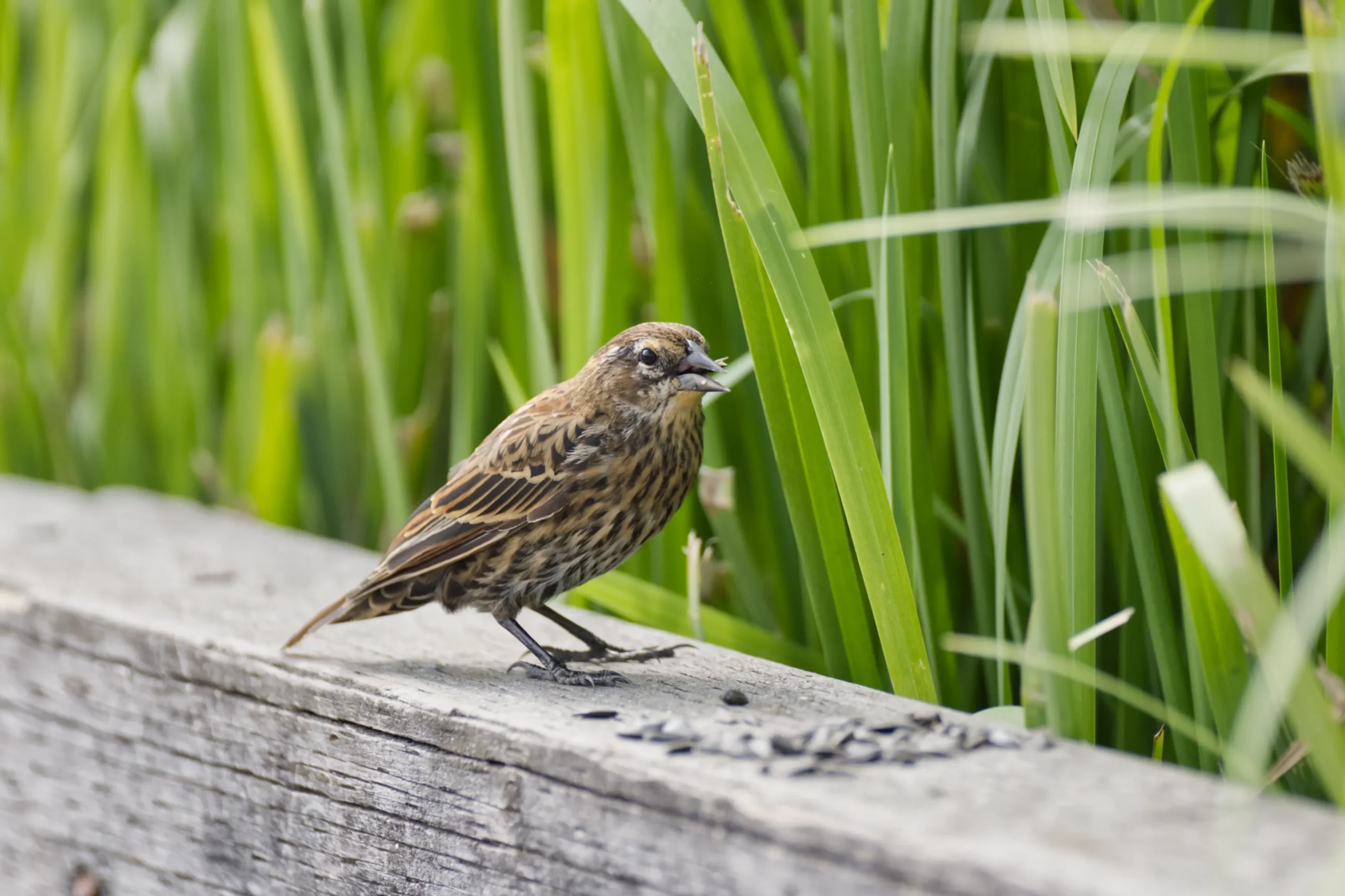
Still Burnaby Lake, but colder

Changing seasons bring about shifts in light, palettes, and atmosphere. Occurrences of steam fog and frost later in the fall transformed the photographic flavour of Burnaby Lake.

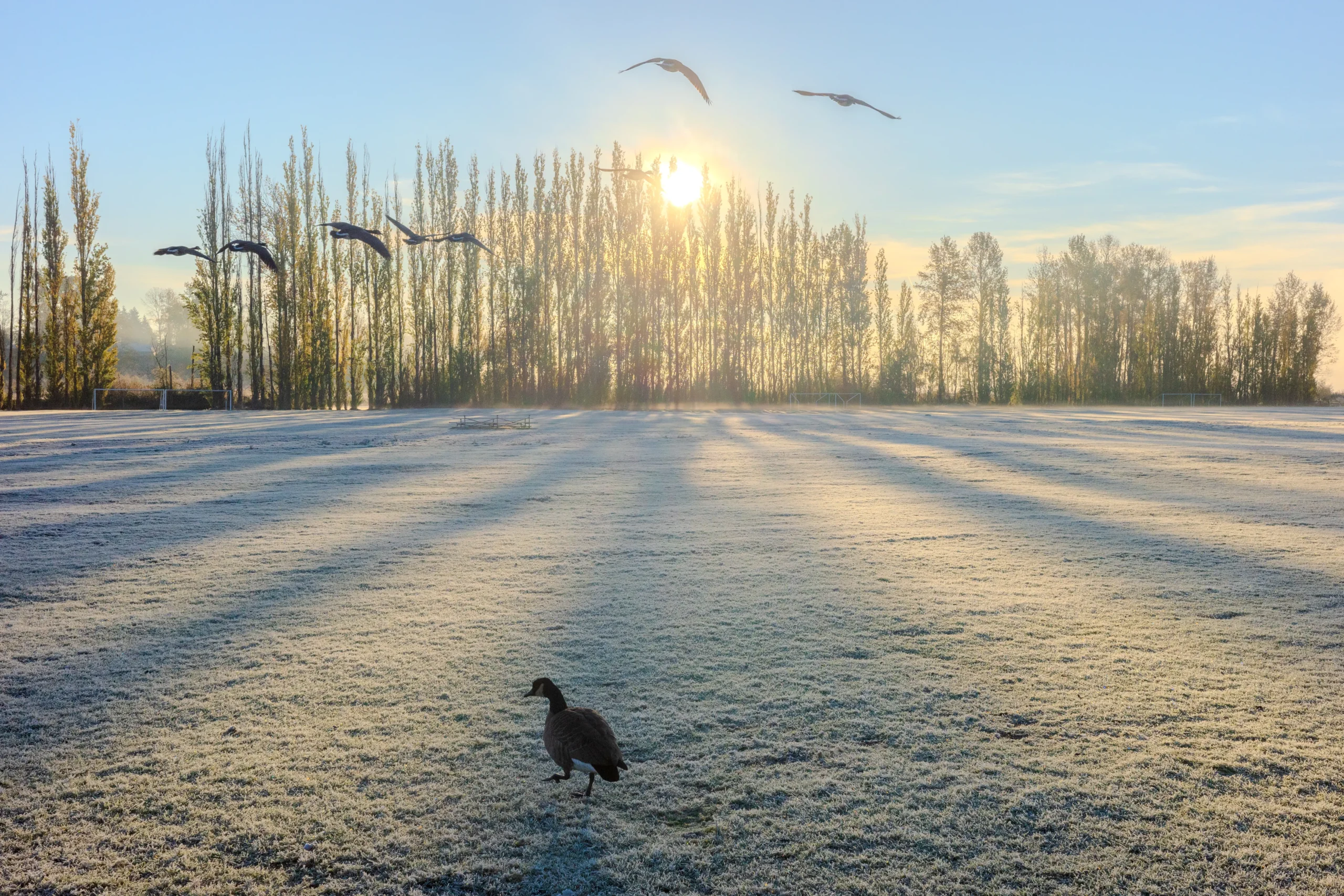
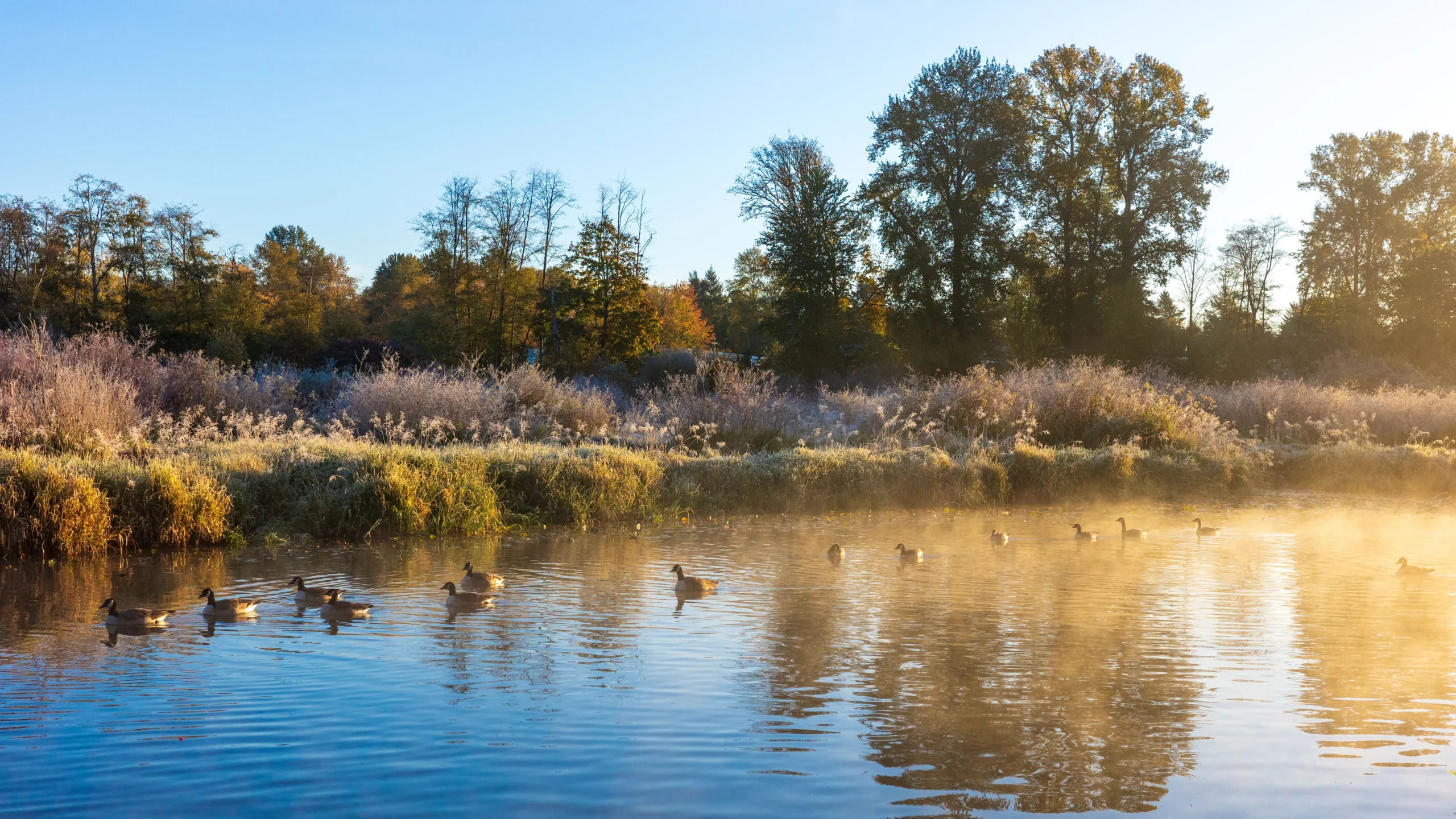
Earlier in the morning, I was watching geese do in-formation take-offs à la the opening scene of Top Gun.
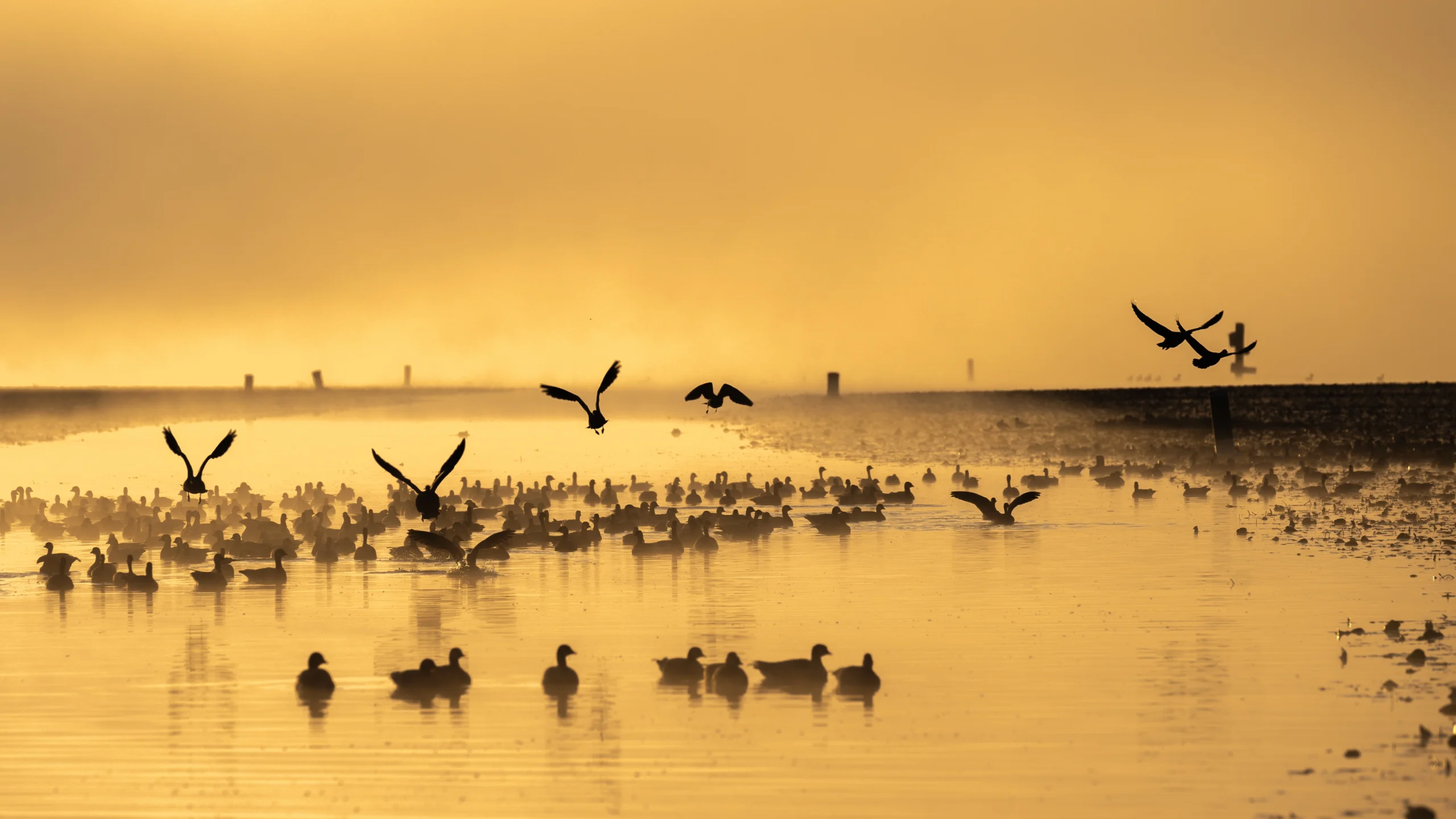
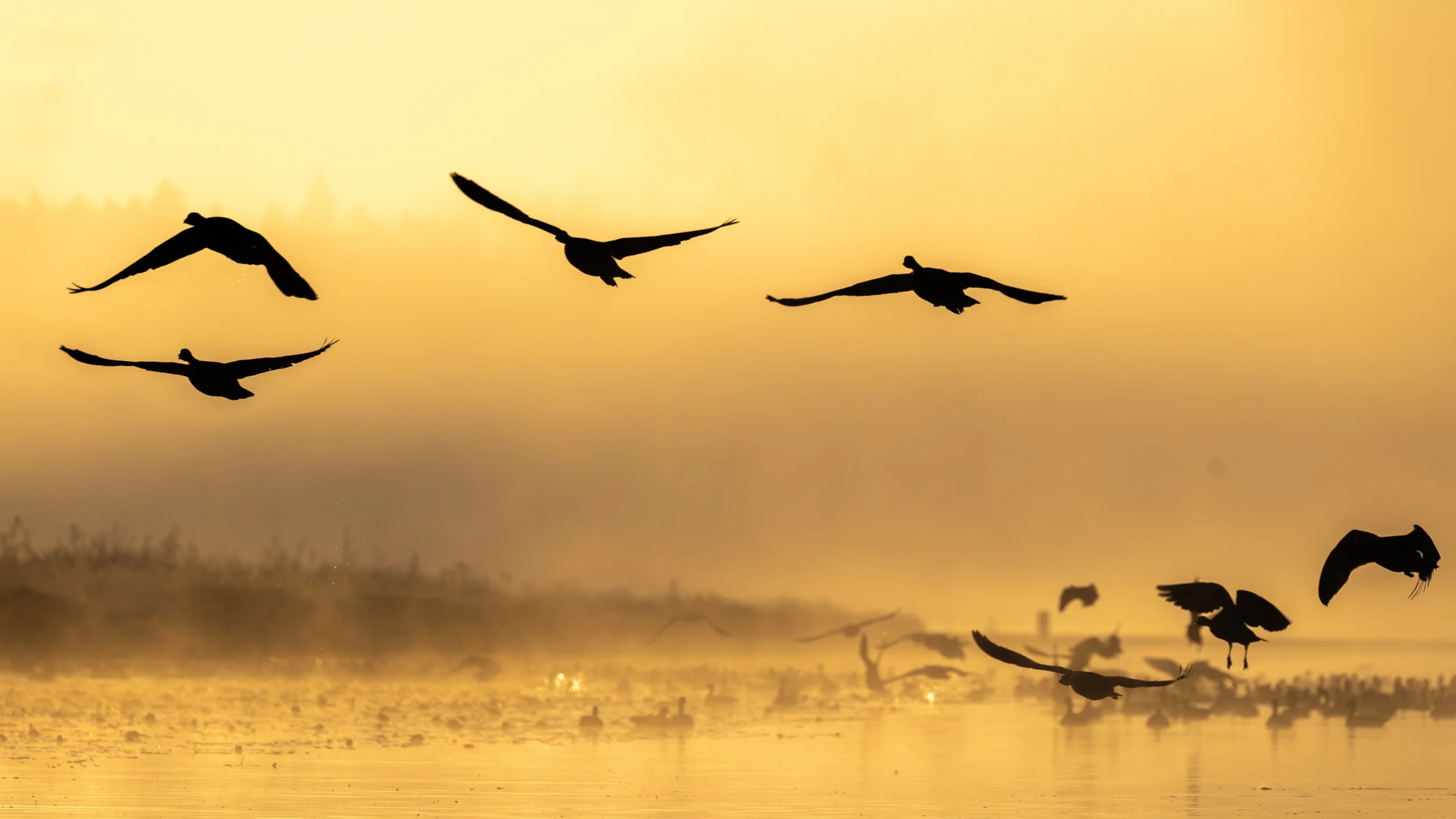
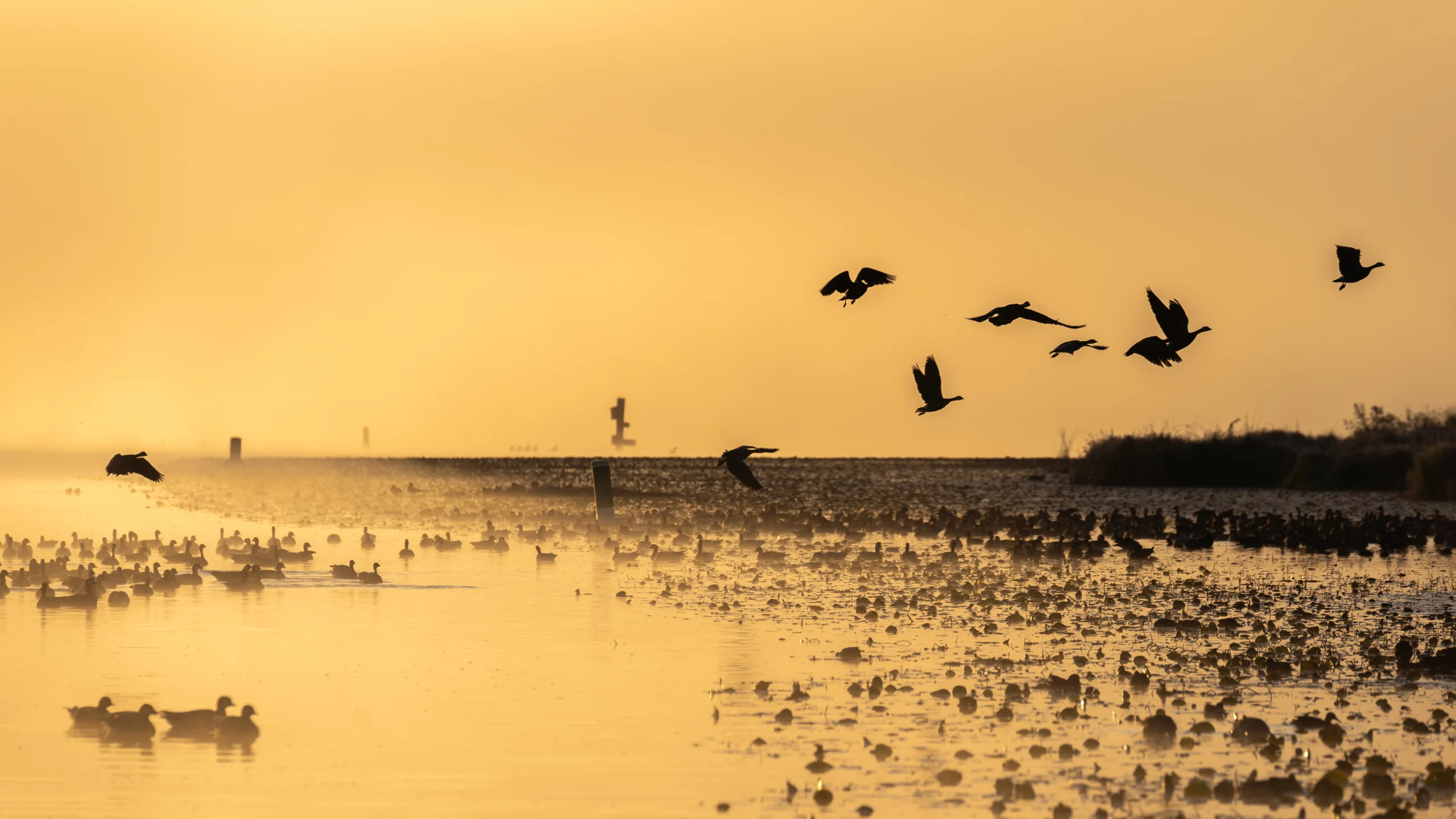
“No. No, Mav, this is not a good idea.”
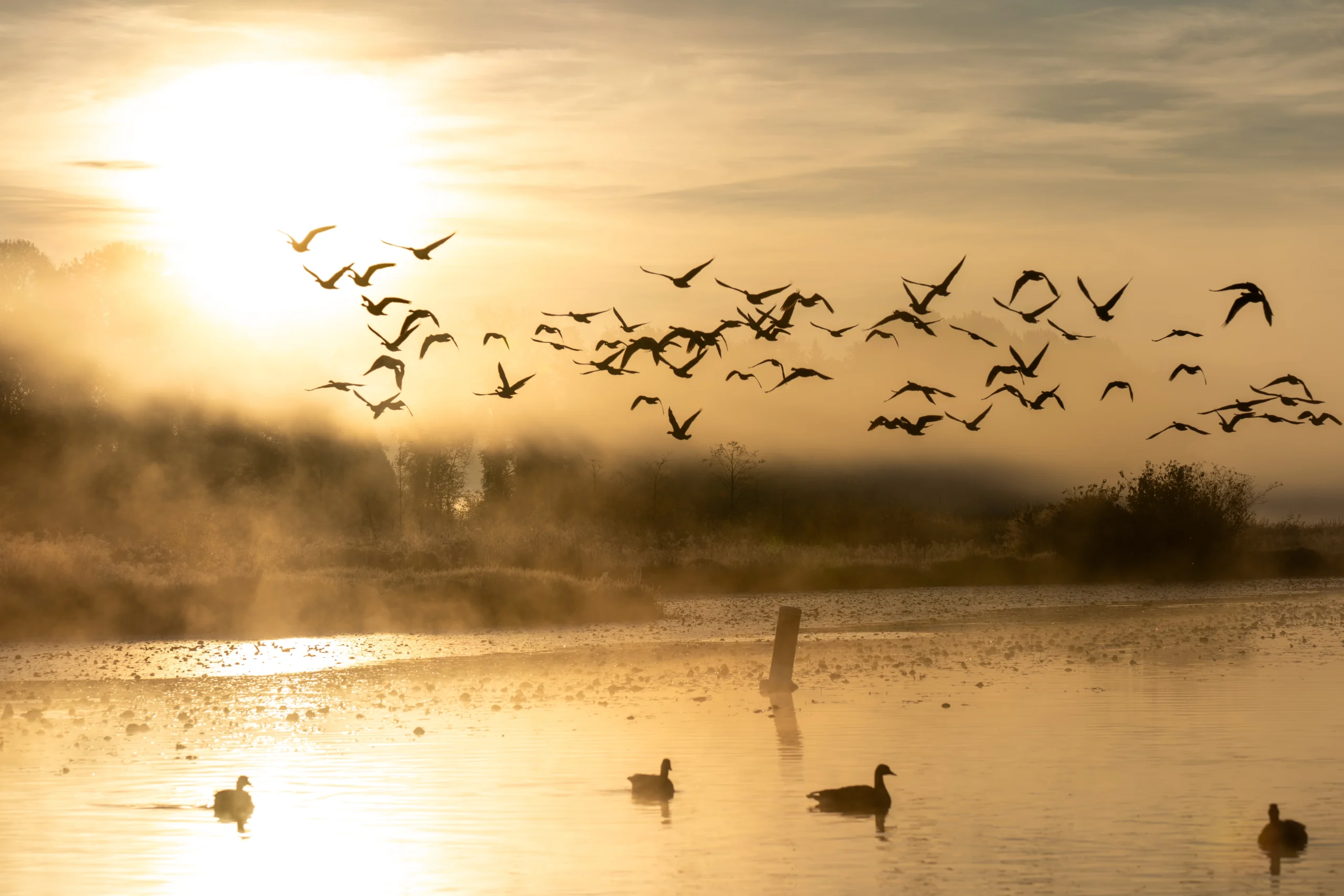
Shooting into the sun isn’t something I do often, so you’ll enjoy a diversity in my image adjustments courtesy of good ol’ on-the-job learning. I wanted to bring out the haziness of the fog even as it was juxtaposed with the stark sunrise contrast. Nevertheless, the lighting was thoroughly breathtaking.
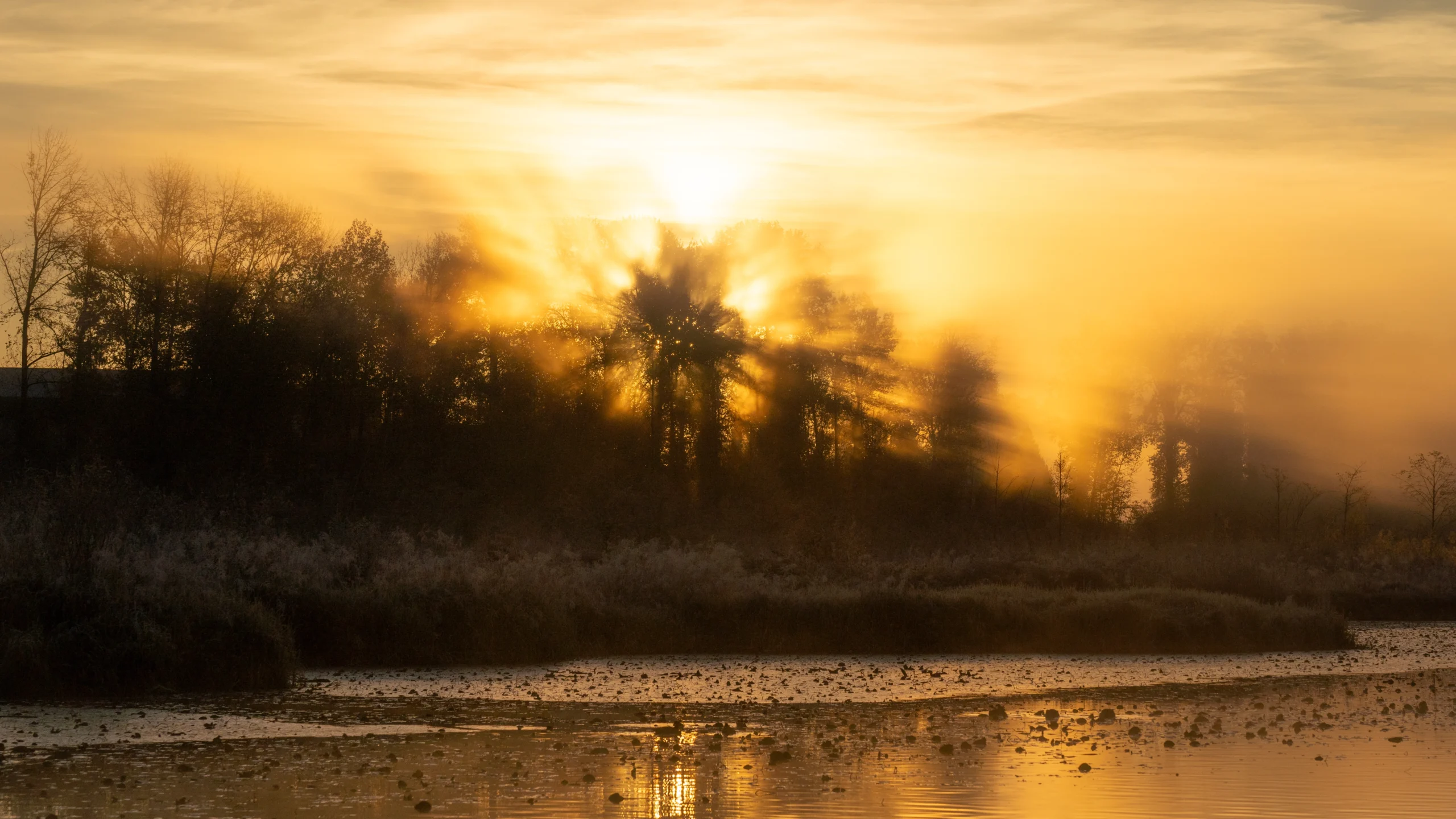

Maplewood Flats

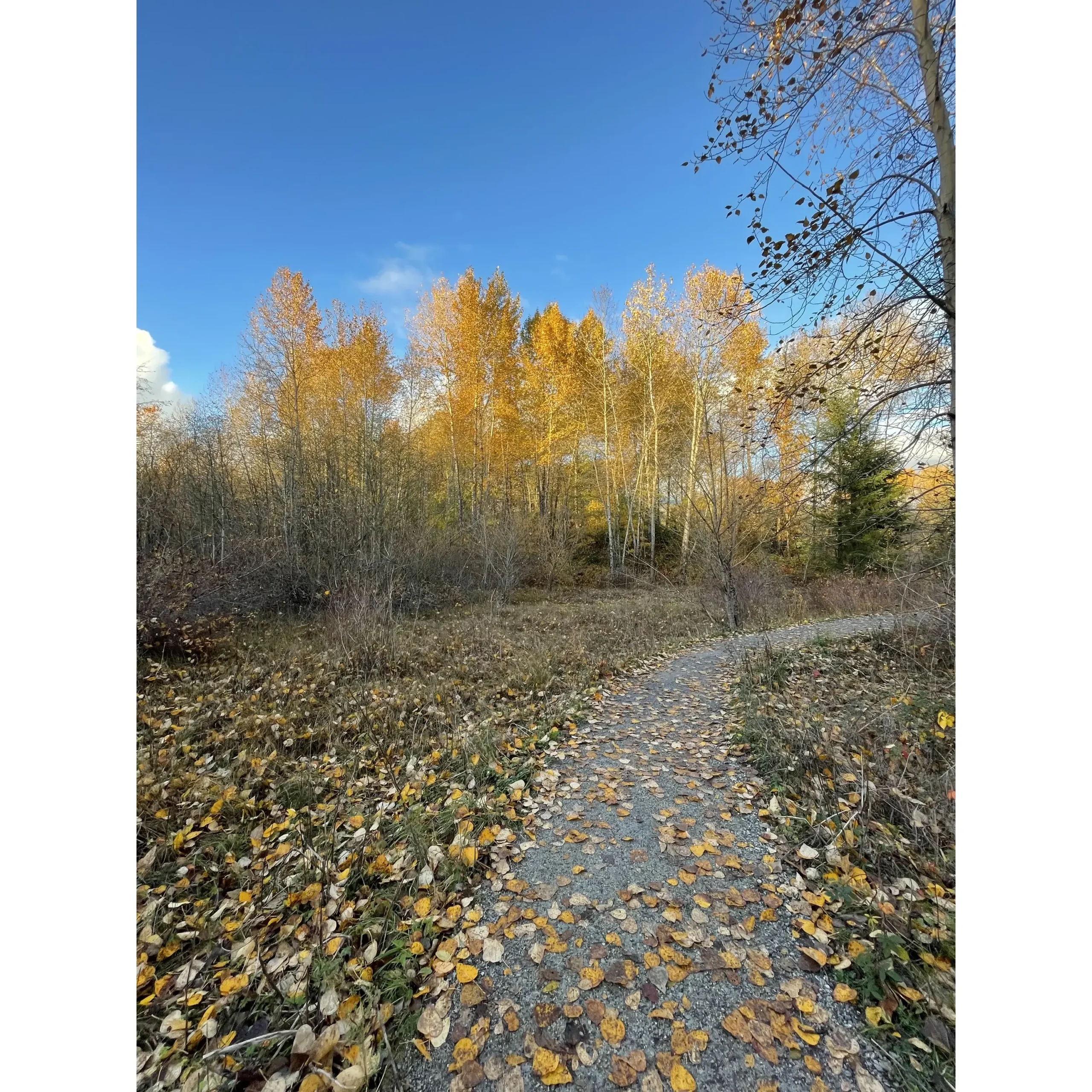
For a change of scenery, I visited Maplewood Flats, which is where the Wild Bird Trust of BC is based. There’s a nice, wooded loop trail around the conservation area that follows the northern shore of Burrard Inlet for its southern leg before swerving north to meet a small reed-y pond with just a few mallards and wood ducks.
On the day, I ran half the loop with my lens out, to no avail, since every passerby was building my expectations towards seeing a young deer further down the trail that never materialized. With half the trail left and no doorbuster-style duck gatherings for fish-in-a-barrel target practice, I slowed down to a cautious shuffle, consciously scrutinizing my surroundings for photo opportunities.


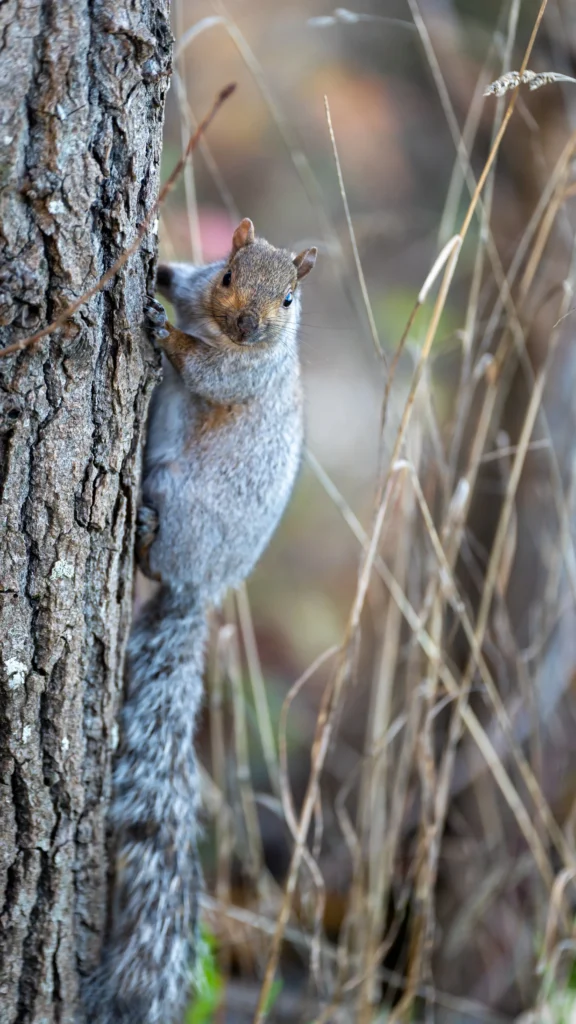
Wrap-up
Skills maintenance is as much repetition as it is continuous learning. Some things I learned while shooting the photos featured in this post:
- Remembering to get low, in particular for swimming ducks. The lower angle yields a more intimate, eye-to-eye perspective. Furthermore, it helps make dirty water less noticeable.
- When blown-out highlights are unavoidable, be sure to keep the shift from non-saturated to saturated regions smooth and gradual; keeps things looking natural.
We sometimes over-associate wildlife photography with exotic locales, elusive species, or expensive safaris. Having lived in pigeon-infested downtown Toronto, I was slightly taken aback when I read that the grand prize of this year’s Audobon photography awards went to a photograph of a pair of rock pigeons. It’s a pleasant reminder that mastering the light, creating a strong composition, and anticipating the moment forms the recipe for an outstanding photograph, even when photographing seemingly ‘ordinary’ species. Discovering the distinctive behaviours and poses of each subject adds a rewarding learning dimension to the experience.
What better way to conclude than with a bonus picture?

Till the next one.